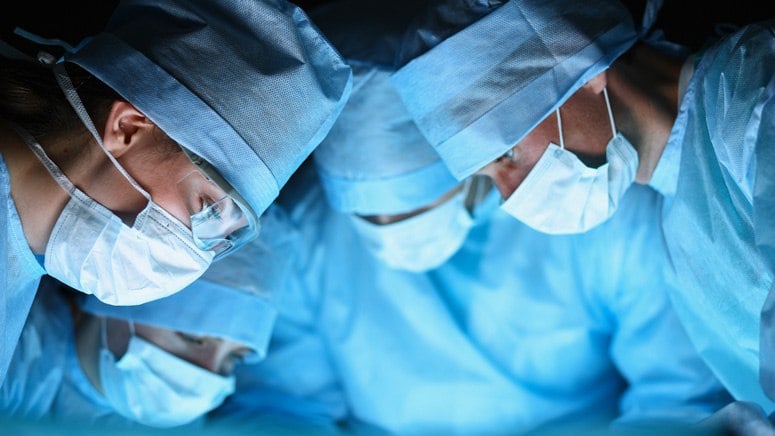Do Organs Change Position and Where Does Your Cervix Go?

The biggest organs close to the uterus are the large and small intestines. After a hysterectomy procedure, the intestines occupy a large portion of the space previously occupied by the uterus.
Hysterectomy can be divided into different categories. Some procedures involve removing only the uterus, while some involve removing other organs. For example, the cervix and other reproductive organs are removed in a radical and total hysterectomy. In a supracervical or subtotal hysterectomy, the cervix is not removed. The superior portion of the cervix may not be attached to anything, but the inferior portion is still attached to the vagina.
A supracervical hysterectomy can be used to treat various diseases that don’t affect the cervix. Some of these diseases include severe uterine bleeding, endometriosis, and fibroids. If you’ve experienced an abnormal Pap smear or cancer in any reproductive organ, your healthcare provider will advise you not to undergo this procedure. While screening regularly may have many health benefits, you can still develop cervical cancer if you undergo a partial hysterectomy. It is important to speak to your healthcare provider to know when it is appropriate to get a Pap smear or any screening test for cervical cancer.
You stop menstruating after a hysterectomy, but some women still lose blood during their normal menstrual period. According to experts, this happens because the cervix consists of the same cells that surround the uterus, known as endometrial cells.













